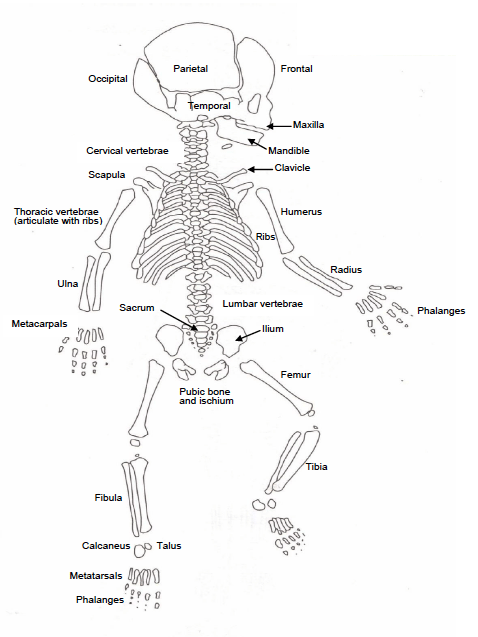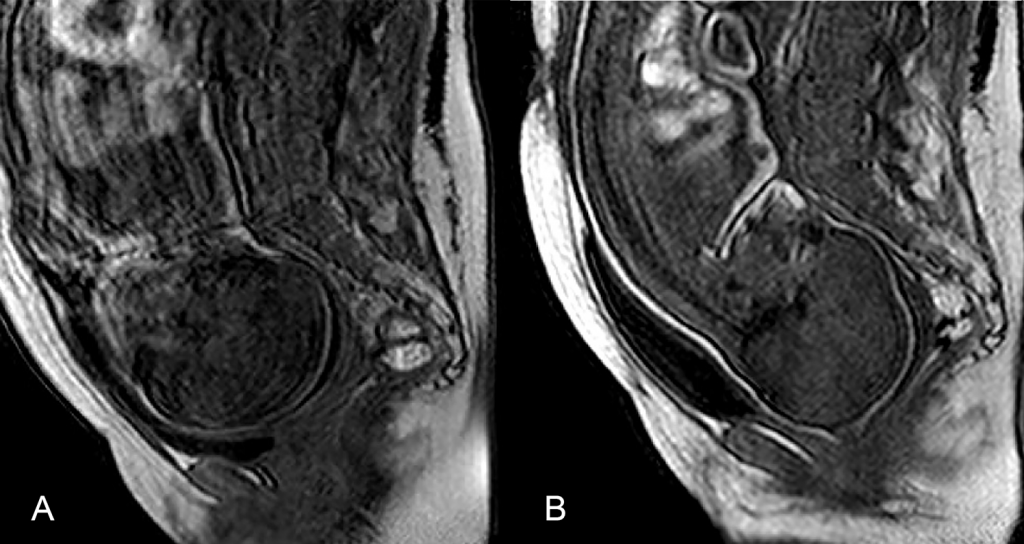To Understand the Infant, You Have to Understand the Fetus
Published (updated: ).
Fetus Under Tremendous Pressure

In order to deliver a complete baby out of a vagina, the newborn must be highly compressible. In order to be delivered, the fetus has to be squeezed to 1/2 to 1/3 it’s normal diameter. The ability to be crushed is a fascinating trait that follows the newborn all the way into infancy. The secret of the newborn/infants ability to be compressed lies in the anatomy. The fetus/newborn possesses a non fused cranium (meaning the various bones of the cranium are not really attached to each other). A non fused cranium will flex, allowing the body to conform to whatever diameter the mothers’ birth canal (uterus, cervix, vagina) will be during contraction. The non fused cranium is the basis for fontanelles. The posterior fontanelle closes at 3 months while the anterior fontanelle takes as long as 18 months to close off and fuse together. Fontanelles can be useful to clinicians when trying to determine if the newborn or infant is dehydrated (sunken fontanelles) or is experiencing increased intracranial pressure (bulging fontanelles).

Growth & Development of Infants
As the newborn becomes an infant (30 days) and throughout the first year of life, the newborn/infant will experience rapid changes. Within 2 months, the infant will be able to track objects with eyes and recognize familiar faces (like the mother). The infant should be able to sit upright in a highchair and make one syllable sounds (ma, mu, da, di) by the time they are 6 months old. By the time the infant is 12 months old, he or she should be able to know their own name and walk with assistance.
The psychology of crying is nothing new. In study after study, scientists have documented the catharsis that only a good cry can bring. For infants, crying is the sole form of communication and there are three distinct types: A “basic cry” is a rhythmic pattern consisting of a cry followed by silence; an “anger cry” is similar to a basic cry but with more volume due to the release of excessive air through the infant’s vocal chords; and a “pain cry” is a loud cry followed by periods of breath holding.
